Retro Replay Review
Gameplay
Battle of Words masterfully fuses the classic strategy of Battleships with the intellectual challenge of word-guessing. You begin by placing your fleet—three three-cell ships, two four-cell ships, and one five-cell ship—on a 12×12 grid, taking care to keep them non-adjacent. Once your ships are positioned, you assign words to each vessel: the five-cell ship receives a five-letter word, the four-cell ships each take a four-letter word, and so on. The computer mirrors your setup on its hidden grid, setting the stage for a tense, turn-based duel.
(HEY YOU!! We hope you enjoy! We try not to run ads. So basically, this is a very expensive hobby running this site. Please consider joining us for updates, forums, and more. Network w/ us to make some cash or friends while retro gaming, and you can win some free retro games for posting. Okay, carry on 👍)
When the match starts, the playfield divides into four quadrants: your fleet (upper left), the enemy fleet (upper right), your alphabet (lower left), and the enemy’s alphabet (lower right). On your turn, you can fire at the water grid to uncover enemy ships or target the alphabet grid to reveal whether a letter is part of your opponent’s words. Hits—whether they strike a ship segment or uncover a valid letter—grant you an extra shot, while misses pass the initiative to the computer opponent, creating a continuous ebb and flow of tactical decisions.
The true depth of Battle of Words emerges from balancing naval tactics with vocabulary prowess. Do you prioritize wiping out a known ship segment before delving into word puzzles? Or do you systematically eliminate letters to deduce your opponent’s words? Each choice carries risks and rewards, and mastering this interplay leads to thrilling comebacks and satisfying “aha” moments. The game modes also vary in difficulty, offering both casual matches and challenging AI opponents that learn your patterns over time.
Graphics
Graphically, Battle of Words opts for a clean, functional aesthetic that puts clarity first. The 12×12 grids are rendered in sharp, contrasting colors, making hits, misses, and revealed letters instantly recognizable. Subtle animations—such as exploding ship segments and glowing letters—add flair without cluttering the screen or slowing down gameplay.
The user interface is intuitively organized: each quadrant is clearly labeled and color-coded, so you never lose track of your own fleet or alphabet versus your opponent’s. Menus and prompts are straightforward, allowing even newcomers to dive straight into the action without wading through complex options. On mobile, touch controls feel responsive, while the PC version supports both mouse and keyboard input for precision targeting.
Battle of Words embraces a minimalist visual philosophy that enhances accessibility and focus. Backgrounds and UI elements use a muted nautical palette—deep blues and sea-foam greens—evoking the maritime theme without distracting from the core gameplay. Whether you’re playing on a high-resolution monitor or a smaller tablet screen, the interface scales gracefully, keeping text legible and grids well-defined.
Story
While Battle of Words doesn’t feature an elaborate narrative campaign, it weaves a compelling thematic framework: two rival admirals locked in a duel where vocabulary is as formidable as firepower. Each match feels like a naval skirmish, but with words as your ammunition. This imaginative premise elevates what might otherwise be a standard word puzzle into a strategic “battle of wits.”
The minimal story emphasis allows players to project their own rivalries and rival admirals into the match. Whether you envision an age-of-sail confrontation or a futuristic word-warfare scenario, the game’s flexible theme supports varied mental imagery. Occasional flavor text and victory taunts reinforce the idea that you’re commanding a fleet of linguistic warships, adding a dash of personality to each encounter.
Occasional daily challenges and themed events introduce light narrative context—such as “Operation Crimson Fleet” or “Siege of the Silent Sea”—but these are purely optional. The strongest story element here is the personal saga you create through rematches, comebacks, and that triumphant moment when you call out the final letter of your opponent’s last sunken ship.
Overall Experience
Battle of Words stands out as a uniquely satisfying blend of strategy and wordplay. Its pacing is brisk enough to keep you engaged, yet deep enough to reward careful planning and vocabulary skills. The risk-reward tension—choosing between probing ship locations or deciphering words—leads to dynamic matches that never feel repetitive.
The learning curve is gentle, thanks to clear tutorials and an adaptive AI that scales to your proficiency. Casual players will appreciate quick matches and straightforward controls, while hardcore strategists will find lasting replay value in optimizing their ship placements and word lists. Online matchmaking and local pass-and-play modes ensure you can challenge friends or go solo against increasingly devious computer admirals.
For anyone seeking a fresh twist on battleship-style tactics or a more strategic alternative to standard word games, Battle of Words delivers. Its artful combination of naval strategy and lexicon battles will appeal to puzzle fans, wordsmiths, and strategy enthusiasts alike. If you relish mental duels and the thrill of sinking ships with both cannons and carefully chosen letters, this game is a must-have addition to your library.
 Retro Replay Retro Replay gaming reviews, news, emulation, geek stuff and more!
Retro Replay Retro Replay gaming reviews, news, emulation, geek stuff and more!

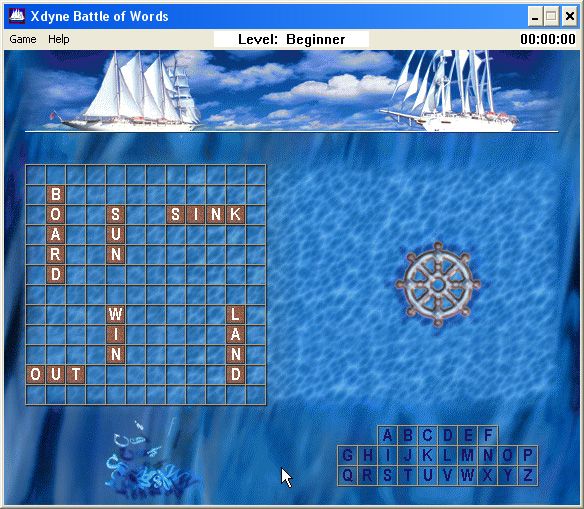
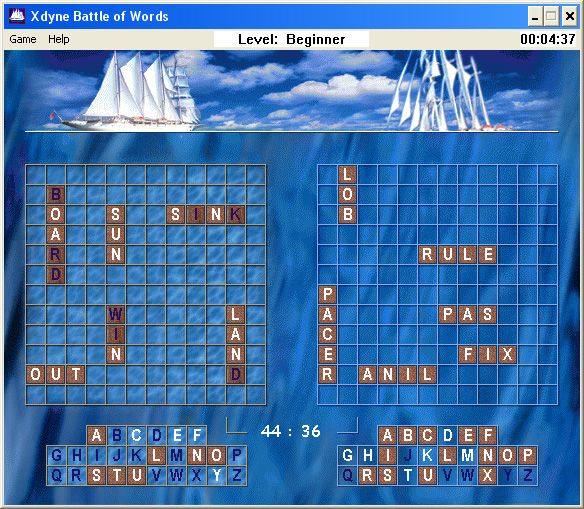
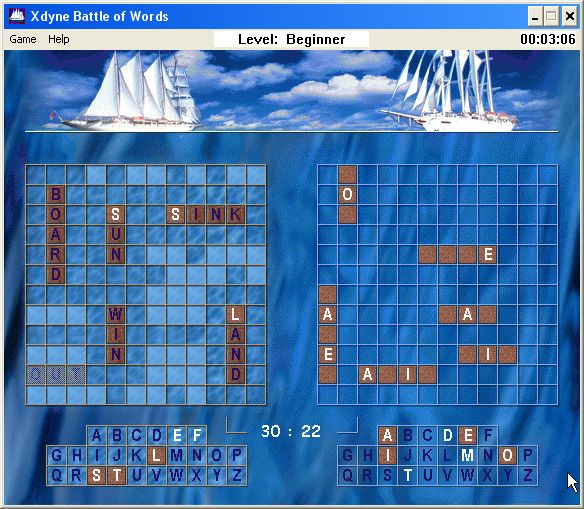
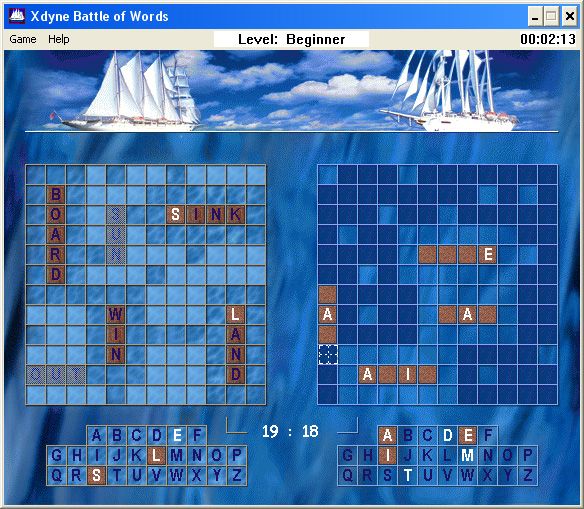
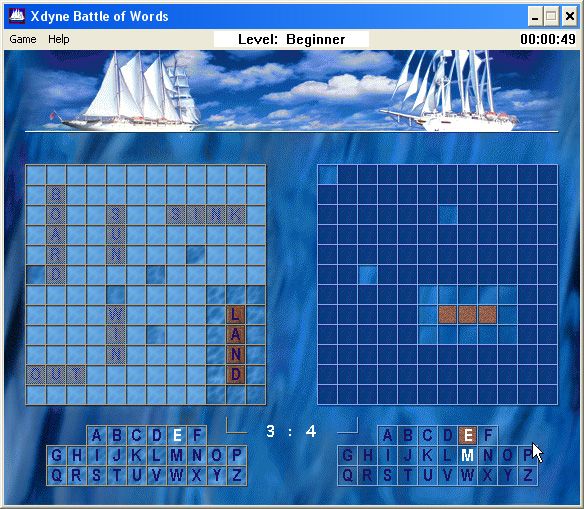



Reviews
There are no reviews yet.